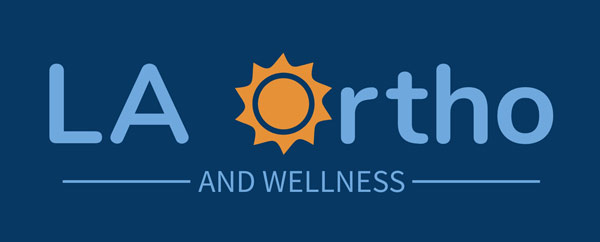In recent years, Platelet-Rich Plasma (PRP) therapy has gained significant attention as a promising treatment option for various medical conditions, ranging from sports injuries to hair loss and even facial rejuvenation. But amidst the buzz surrounding PRP, there’s a pressing question on the minds of many: what is the actual success rate of PRP therapy? Let’s delve into the depths of this innovative treatment to uncover the reality behind its effectiveness.
Firstly, it’s essential to understand what PRP therapy entails. PRP therapy involves extracting a small sample of the patient’s blood, which is then spun in a centrifuge to separate the platelets from other blood components. These platelets, rich in growth factors and healing properties, are then injected back into the targeted area of the body to stimulate tissue repair and regeneration.
One of the primary reasons for the popularity of PRP therapy is its versatility. It has been used in various medical fields, including orthopedics, dermatology, and even dentistry, with reported success in treating conditions such as tendon injuries, osteoarthritis, chronic wounds, and alopecia.
However, determining the success rate of PRP therapy is not as straightforward as it may seem. Several factors influence its effectiveness, including the specific condition being treated, the patient’s overall health, the total number of platelets, the technique used for PRP preparation and injection, and individual variations in response to treatment.
For instance, studies have shown promising results for PRP therapy in treating musculoskeletal injuries, such as tennis elbow and knee osteoarthritis. One key factor seems to be reaching a clinical significance with a minimum of 5 billion platelets. Not all blood draws or systems reach this number. At LA Ortho and Wellness, we shoot for reaching this number with each injection so that hopefully we only need to do one injection. Some offices do up to three injections, but aren’t reaching the 5 billion platelets total injection amount until the third injection since each injection adds up.
Overall, several research studies have shown PRP to be more effective than cortisone for tendon problems and more effective than either cortisone or hyaluronic acid for knee arthritis. In addition, there are risks of cortisone not found with PRP.
The success rate of PRP therapy can also depend on the skill and experience of the healthcare provider administering the treatment. Proper patient selection, accurate diagnosis, and precise injection technique are crucial factors that can influence the outcomes of PRP therapy. At LA Ortho and Wellness, we often utilize ultrasound to guide the injection into the right area if we need it.
In addition, managing patients’ expectations is paramount. While PRP therapy holds immense potential, it’s not a miracle cure, and realistic goals should be established based on the specific condition being treated and individual patient factors.
As with any medical treatment, individuals considering PRP therapy should consult with a qualified healthcare professional to discuss their options and determine the most suitable course of action for their unique needs.




